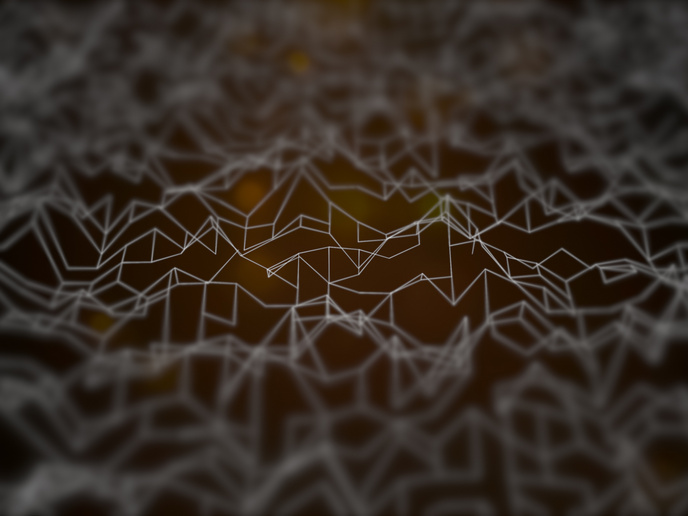Making virtual seismology a reality
Placing seismometers inside Earth’s crust would let seismologists more accurately measure induced earthquakes and geomechanical(opens in new window) changes, and understand more about the structure of the crust itself. It would also help researchers to significantly improve the monitoring of fluid flow in aquifers, geothermal reservoirs and CO2 storage sites. This has significant applications in energy extraction, waste storage and energy carrier storage. Unfortunately, this would be prohibitively difficult, impractical and expensive to do. Through the VirtualSeis(opens in new window) project, funded by the European Research Council(opens in new window) (ERC), researchers have developed an innovative method for conducting virtual seismology (VS) anywhere in the world. VirtualSeis worked on a groundbreaking methodology to create virtual seismic sources – earthquakes or seismic vibrators – and virtual seismometers anywhere in Earth’s subsurface. This VS technique mimics the responses that would be measured from actual induced earthquakes. “The imaging and monitoring applications of the virtual seismology methodology have received a lot of attention and are being used by researchers and seismic institutes around the world,” says Kees Wapenaar(opens in new window), professor of Geophysics at Delft University of Technology(opens in new window) and VirtualSeis project coordinator.
Virtual seismology
VS relies on seismic reflection measurements from a specific area. For this purpose, researchers could use existing seismic reflection measurements, which they did in several areas of interest, or set up a seismic monitoring system, which they did in Groningen, a province in the Netherlands known for its induced seismicity problems. Here the team installed a seismic network based on fibre-optic technology, known as distributed acoustic sensing (DAS). This system uses optical fibres embedded in polyurethane strips and tubes and was further developed in the lab and in field trials in Groningen. The work on the DAS system was coordinated by senior team member Guy Drijkoningen(opens in new window), associate professor of Applied Geophysics at Delft University of Technology. Using either of these methods, the team could then use the seismic reflection measurements at the surface to create virtual sources and/or virtual receivers in the subsurface. The team used these to forecast responses to actual induced earthquakes, and then used the same methodology to image and monitor subsurface fluid flow.
Generating interest among the seismology community
The VirtualSeis technology(opens in new window) has gained substantial interest from a range of universities, including ETH Zürich, the University of Edinburgh, University of Leeds, KAUST, and Utrecht University. The team cooperated closely with colleagues from the Colorado School of Mines. Several companies have also expressed interest in the technology, including Senai Cimatec, CGG, Quantairra Delft, and Aramco. “The technology has significant impact in a number of interdisciplinary research programmes related to the energy transition, such as Geothermal Science and Engineering, Subsurface Storage, and Consequences of Underground Engineering,” notes Wapenaar. This ERC project served as a stimulus for acquiring significant funding for DeepNL(opens in new window), a programme run by the Dutch Research Council(opens in new window) (NWO) to understand subsurface dynamics caused by human activities.
Disseminating scientific advances
The research findings from the VirtualSeis project were presented in a number of conference proceedings, and published in 54 journal papers(opens in new window), including 12 currently under review. “With the advancements made in this ERC project and the support from NWO-funded programmes, our Applied Geophysics and Petrophysics research group is well-equipped to tackle future challenges in interdisciplinary research programmes related to the energy transition,” says Wapenaar.




